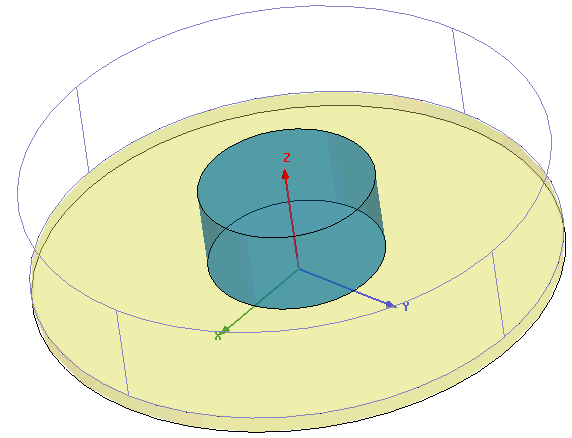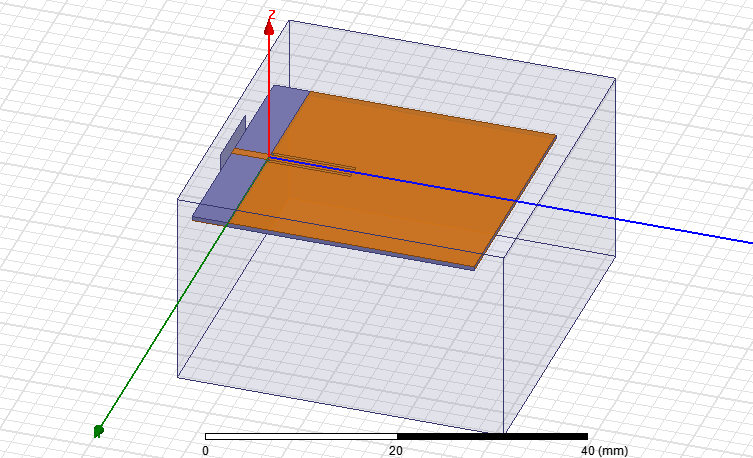measure of reflection coefficient in the case of Dielectric Resonator (Eigenmode)
with the knowledge that cavity does'nt have any excitation port!. (as in attached image)
if there is any method or other model, please tell me.
regards.

The reflection coefficient is defined and measurable on a transmission line coupled to any resonator. You must first design the coupling device, then you can measure the reflection coefficient.
thank you,
Do you have any example that contain resonator with a coupled device? (e.g. a resonator coupled by guide line)
thanks in advance
One of nice applications is in a microwave oscillator. If you open a satellite low-noise block down converter, you will see how the dielectric resonator is coupled to a microstrip line on the PCB.
In oscillators like these, the ceramic material is composed so that the resonator frequency does not vary with ambient temperature.
Dielectric resonators mostly utilize high-k materials so their dimensions are much smaller than those of cavity resonators filled with air. They allow integration with microstrip lines and miniaturization. They can also be coupled to other waveguide types, some are used as resonant antennas. Google or find them in Wikipedia. There is a lot of publications on them, since ~1970.
ok,
in fact, I try to design a dielectric resonator cavity, can we use CPW to coupled it? (as in attached in attached image)

Yes, you can try it. As the CPW has two separate intensity maxima, you have to match them to a desired mode in the resonator. Or start with a transition to a microstrip which may be easier to couple.
coefficient reflection measure 相关文章:
- Transmission coefficient S21
- Reflection coefficient for non reciprocal RF elements
- Reflection coefficient from feko lua script
- Simulation of the reflection coefficient in different materials (CST Studio Suite)
- To correct the reflection coefficient
- Calculating reflection coefficient of a multi-layer structure using HFSS
